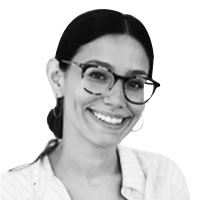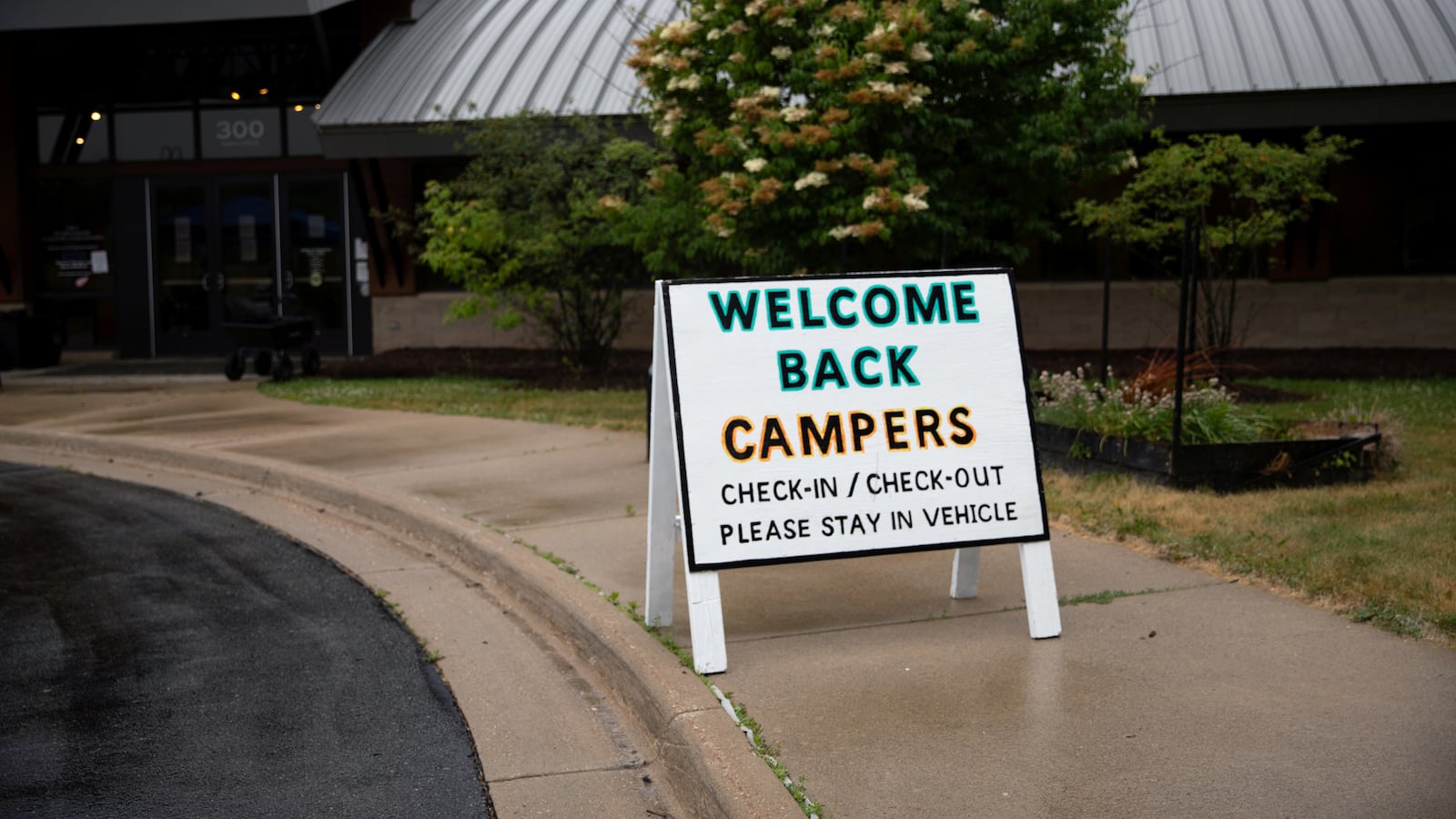As state officials across the country scramble to solidify plans to reopen schools in the fall, a new report by the Centers for Disease Control and Prevention analyzing the transmission rate at a Georgia overnight camp suggests that the spread of the coronavirus among students is inevitable.
The study, released Friday, analyzed 597 children and staff who attended the overnight camp between June 21 and June 27. At the end of the week, 76 percent of campers who were tested came back positive—despite the organizers following most state guidelines set by the governor and the CDC.
The camp, however, didn’t require campers to wear masks, only the staff, or open windows and doors for increased ventilation, per CDC guidelines. And it allowed attendees to engage in outdoor and indoor activities—like singing and cheering—that also contributed to the high transmission rate, the report stated.
“These findings demonstrate that SARS-CoV-2 spread efficiently in a youth-centric overnight setting, resulting in high attack rates among persons in all age groups, despite efforts by camp officials to implement most recommended strategies to prevent transmission,” the report said, noting that the median age for the campers was 12 and the gender split was even.
The report said it only took two days for a teenage staff member at the camp to develop chills and leave the camp.
The next day, she tested positive for the coronavirus—prompting the camp to immediately begin sending attendees home before closing its doors on June 27.
The study noted that test results were only available for 344 of 597 attendees and thus likely underestimated the total spread at the camp.
“Given the increasing incidence of COVID-19 in Georgia in June and July some cases might have resulted from transmission occurring before or after camp attendance,” the study added. “Finally, it was not possible to assess individual adherence to COVID-19 prevention measures at [the] camp... including physical distancing between, and within, cabin cohorts and use of cloth masks, which were not required for campers.”
The report adds to the evidence suggesting children of all ages are susceptible to coronavirus, which has killed at least 150,000 Americans and infected over 4.5 million.
While the report focused on one overnight camp that didn’t adopt every measure it could to prevent an outbreak, the high transmission rate among a group of children will have implications for the ongoing push for schools to reopen in the fall.
In Indiana, at least one student has already tested positive for the coronavirus after the first day of school. According to the Indianapolis Star, the student only attended some classes at Greenfield-Central Junior High School before being sent home and immediately isolated. Across town, an Avon High School staff member also tested positive for COVID-19 but had not yet been at school. And in Arizona, one teacher died and two more were infected after sharing a classroom to hold online classes.
On Friday, however, the head of the CDC pushed for a reopening, saying it was in the “public health interest” to get students back in school.
“I don’t think I can emphasize it enough as the director for the Centers for Disease Control, the leading public health agency in the world—it is in the public health interest [in] these K through 12 students to get the schools back open for face-to-face learning,” Dr. Robert Redfield said in testimony before the House Select Subcommittee on the Coronavirus Crisis.
“I want these kids back in school. I want it done smartly, but I think we have to be honest that the public health and interest of the students in the nation right now is to get a quality education and face-to-face learning. We need to get on with it.”
Redfield’s comments came after the CDC issued guidance last week on reopening schools, suggesting that schools practice “cohorting,” in which a group of students stays together throughout the school day to minimize exposure to the virus.
New York City Mayor Bill de Blasio, who oversees one of the largest public school systems in the country, used that recommendation as the crux of his school reopening plan presented on Friday. He said he believed a weekly “blended approach” of in-class and online lessons will minimize the transmission rate.
“The whole idea of this plan is to limit the amount of movement in the school, limit the amount of people coming into contact with each other,” de Blasio said, adding that schools will not re-open unless COVID-19 infection rates remain below 3 percent.
Utah Gov. Gary Herbert has taken a more hard-line approach, establishing early guidelines that would force teachers, employees, and students exposed to the virus to go into “modified quarantine.” After 10 to 14 days of self-isolation, they would be able to return to school if they don’t have any symptoms—but students would still not be allowed to participate in extracurricular activities.
The Utah guidelines also say that if a student tests positive in a class, the entire class must self-isolate and switch to online learning. There are also benchmarks in place that would require entire schools to quarantine and revert to virtual learning.
“This will allow children to stay in the educational system, get the classroom setting they need, but also remain safe,” Utah’s state epidemiologist Angela Dunn said Thursday. “We as a state and communities have to address the availability of broadband. We have to think of it as an essential utility, and not all of our families have access to broadband.”
In Chicago, officials are preparing to allow half of the student population to be at school at any given time, and make all attendees wear masks and have their temperature taken before class. In Hawaii, the state Department of Education has offered schools three different models that include options for full-time school, a blended rotation, or remote learning.
But at least ten of the largest school districts in the most virus-stricken states are only preparing to offer online classes, including Los Angeles Unified, Miami-Dade, and Clark County, Nevada.
“In many respects, unfortunately, though this may sound a little scary and harsh—I don't mean it to be that way—is that you're going to actually be part of the experiment of the learning curve of what we need to know,” Dr. Anthony Fauci, director of the National Institute of Allergy and Infectious Diseases, said to educators in a Tuesday virtual town hall.
“Remember, early on when we shut down the country as it were, the schools were shut down, so we don't know the full impact, we don't have the total database of knowing what there is to expect.”







